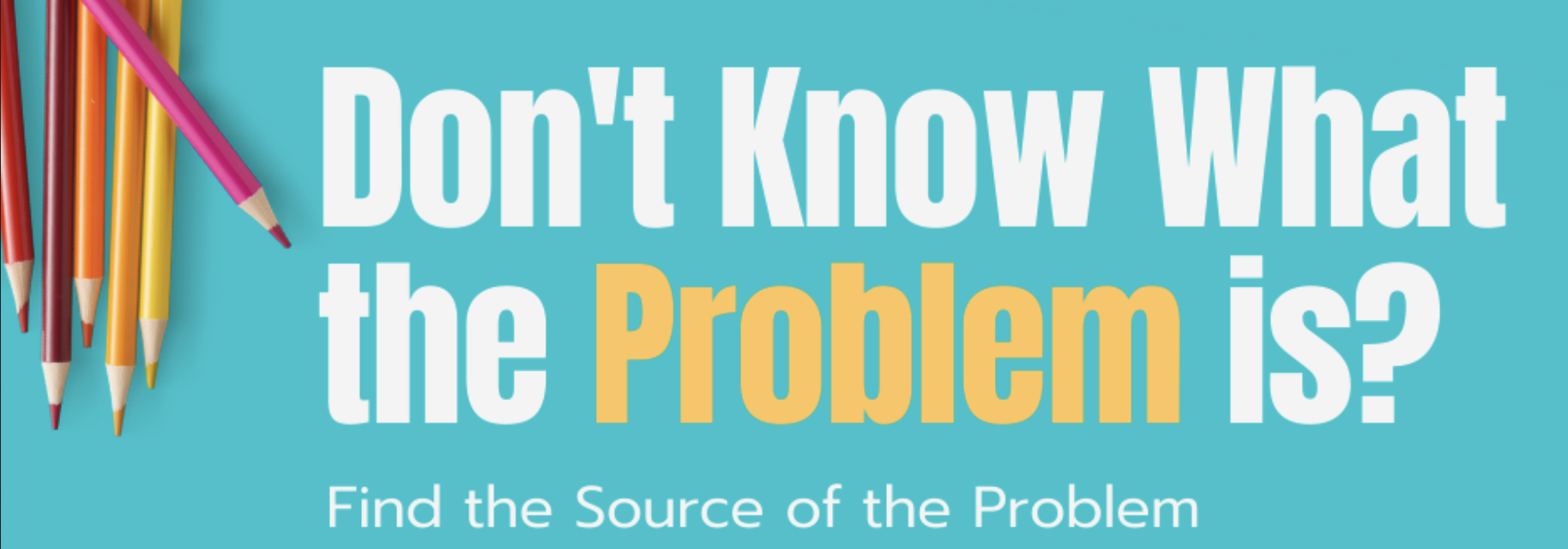Most families who come to us don’t know what the problem is exactly, when their children struggle with learning/reading. This uncertainty can be due to several reasons:
1. The child’s condition doesn’t fit neatly into any category
2. The child has co-existing conditions (e.g., dyslexia & ADHD)
3. The previous diagnosis doesn’t identify the root problem
4. The diagnosis doesn’t explain the whole child
A problem can only be solved if its source is identified. What is causing Hanna’s reading difficulty? Can she break down words into single sounds to spell and read? If not, why not? This is what Dysolve does: probe deeper and deeper to the source of the problem for each person.
Usually, Dysolve finds many problem sources in each person. It tracks how these sources have affected language, learning, and cognition (thinking, attention, memory). This helps us understand a child’s behaviors and symptoms overall. We understand how they are interdependent. When Dysolve clears problems with language, problems with attention often clear as well.
For students who started in Dysolve at the beginning of this year, their families are reporting language, learning, and behavioral improvements. They are pleasantly surprised that a game program that works on brain processing inefficiencies can affect the whole child. A child who resisted reading now volunteers to read out loud; a struggling learner now remembers math facts.
We have discussed these interdependencies in past blogs. Let us know what else you would like explained.
Don’t know what the problem is? Don’t worry about the name. Just find the root of the problem.


